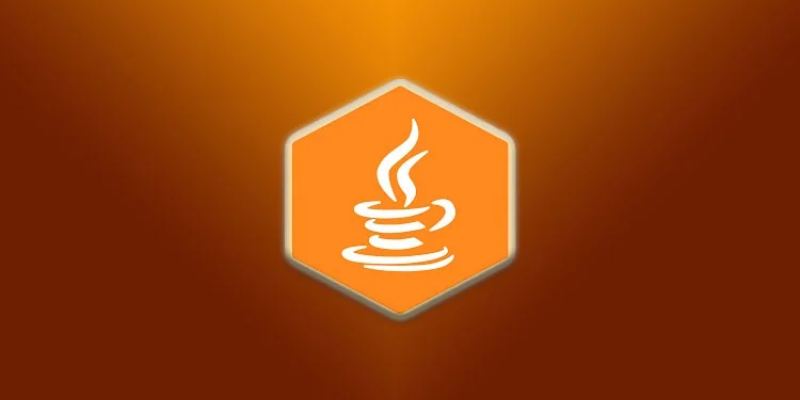
Java’s performance, vast industry acceptance, and platform freedom make it one of the most popular programming languages worldwide. Numerous technologies, including enterprise systems and mobile applications, are powered by Java. Learning Core Java is a crucial initial step for novices because it serves as the basis for more complex Java technologies and frameworks. Gaining proficiency in Core Java opens doors to jobs in big data, cloud computing, Android apps, and backend development. This blog walks you through the most crucial aspects of Core Java. Assisting you in developing strong technical abilities and self-assurance from the bottom up.
Why Learning Core Java Matters
The fundamental programming concepts that underpin the whole Java ecosystem are introduced to students in Core Java. Core Java concentrates on the basics, including syntax, object-oriented programming, and core application structure, in contrast to more sophisticated. Java tools and frameworks. Anyone who wants to advance into fields like Spring, Hibernate, JEE, and cloud-native apps must grasp these ideas.
A solid grasp of Core Java enhances logical thinking, helps novices comprehend. How applications operate internally, and gets them ready for more challenging development environments. In order to prepare students for software development careers, FITA Academy provides comprehensive Core Java training. Covering object-oriented programming, multithreading, collections, and exception handling. Through practical exercises and real-world projects. Learners develop a solid foundation in Java, preparing them for software development roles with confidence.
Setting Up the Java Environment
Learners must properly configure their development environment before beginning to write Java programs. Installing the Java Development Kit (JDK), which offers the tools required to compile and execute Java code, is the first step in this procedure. With features like syntax recommendations, debugging tools, and project management. Selecting a suitable Integrated Development Environment (IDE) like IntelliJ IDEA, Eclipse, or NetBeans makes writing easier.
The computer will recognize Java commands from the terminal or command prompt if the proper system paths are set. After the setup is finished, novices can begin experimenting with basic programs that read user input, display messages, or carry out calculations. A well-designed workspace facilitates learning and removes setup problems that could divert novices from concentrating on coding.
Core Java Concepts for Beginners
Fundamental ideas like variables, data types, operators, and control flow statements form the foundation of every Java program. These fundamentals dictate how a software stores, processes, and uses data. Learners can properly handle numbers, characters, strings, and objects by comprehending how data types operate.
Developers can design dynamic programs that respond to input and carry out repetitive activities with the aid of control flow statements like conditional branches and loops. Since they serve as the foundation for all subsequent programming activities, mastering these fundamental concepts is crucial. Beginners can build logical thinking and gain the confidence to tackle more complex subjects with regular practice. Boost your software development career with Core Java Training in Chennai, where you’ll gain hands-on experience in object-oriented programming. Mltithreading, collections, and exception handling, building the skills to develop robust and high-performance Java applications.
Understanding Object-Oriented Programming in Core Java
Java development is centered around object-oriented programming, or OOP. By organizing programs around real-world items, this method assists developers in writing modular, reusable, and well-organized code. Objects are real instances that store data and carry out operations, whereas classes are templates. While encapsulation protects data by limiting access, inheritance enables one class to expand the functionality of another.
Depending on the object that calls the method or operation, polymorphism enables it to function differently. These ideas are crucial for novices who wish to develop practical software since they produce effective, adaptable applications. With regular practice, students gain confidence in creating their own classes, setting up hierarchies, and using OOP techniques to tackle challenging issues.
Essential Features of Core Java
The core Java has sophisticated features that aid programmers in creating dependable and effective applications. By utilizing constructs like try-catch blocks, exception handling makes guarantee that programs can react to problems without crashing. With robust built-in classes that manage lists, sets, and maps, the Java Collections Framework streamlines data management and storage.
Multithreading, which enables the execution of multiple tasks at once, improves the performance of programs that must react in real time. Learning about these characteristics makes it possible for beginners to develop scalable, functional, and high-performing apps. Learners who enroll in a Training Institute in Chennai for Core Java gain a solid foundation in object-oriented programming, multithreading, collections, and exception handling. Enhancing their ability to develop robust, high-performance Java applications.
Writing Clean and Efficient Core Java Code
For every Java developer, writing clear, maintainable code is a crucial habit. This entails improving readability by uniform formatting techniques, appropriate indentation, and descriptive variable names. Programs become more modular and simpler to debug when code is organized into smaller functions and classes.
Program performance can be improved by selecting effective data structures, cutting out pointless actions, and streamlining loops. Long-term maintenance is supported and the code is easier for others to understand when comments and documentation are added. Early adoption of these practices helps students become more effective. Team players and produce software that satisfies industry requirements.
Building Projects and Debugging Effectively
Applying Core Java knowledge to real-world projects strengthens learning and develops practical experience. Beginners should start with simple text-based games, calculators, or to-do list organizers. As their skills grow, they can look into more complicated projects like databases, GUIs, and other APIs.
Mastering Core Java Step by Step
Acquiring Foundational Knowledge Learning Java requires persistence, dedication, and consistent practice. By gradually understanding basic concepts, researching OOP principles, and experimenting with complex features, beginners can become skilled Java developers. By engaging with tutorials, documentation, and online groups, students may stay up to date with Java’s evolving ecosystem. These are some reasons that makes java a popular programming language.